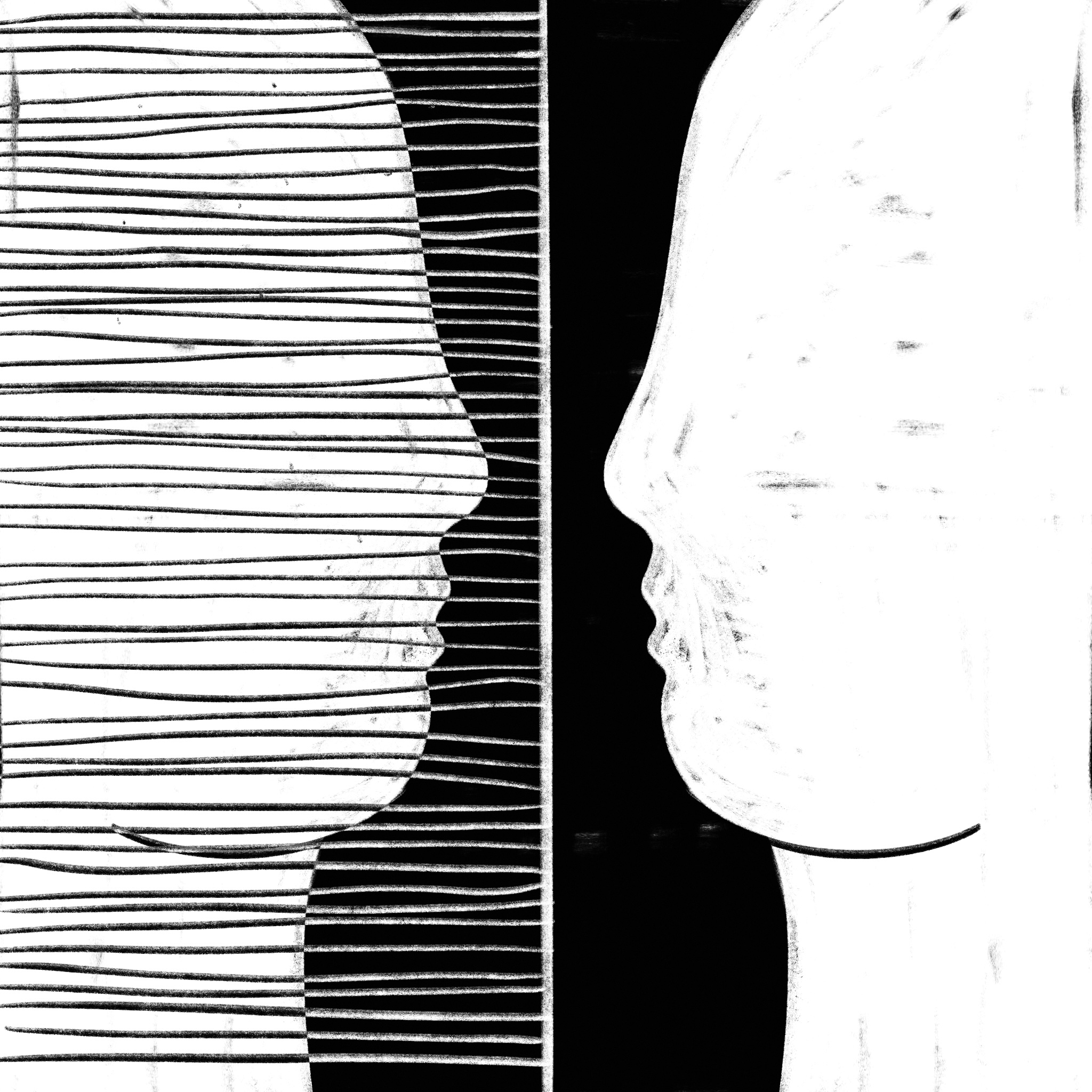Static dissemination
September 20, 2024
 This
piece represents the opinion of the author
.
This
piece represents the opinion of the author
.
 Henry Abbott
Henry Abbott
To begin the analysis of the static, one must take a step back and look at TV shows, which function in two dimensions: the visual and the auditory—with the latter including the soundtrack, sound effects and dialogue. Obviously, these two dimensions attempt to portray something, and though distinct, these dimensions function as two sides of the same coin.
Borrowing from Ferdinand de Saussure’s structuralist linguistics, the two dimensions can be condensed into a single unit: the sound-image, or the signifier. And that signifier points towards an abstract concept—the signified, that something. When Tony Soprano claims to be nothing more than a “fat crook from New Jersey,” he lies, not to himself but to us. He, as a signifier, with his physicality and vocality, points towards our anxieties; those anxieties rest in the signified. And this signified is entrenched—it composes—what could be referred to as the cultural/historical zeitgeist of a given period. The target is not burrowed within the heavens, protected from earthly conflicts or tensions.
In essence, the signified is a concrete historical abstraction. The further the present drifts from a given historical epoch, the more inaccurate the signifier becomes. So, the layman of Shakespeare’s period would’ve had a better connection with Shakespeare’s work compared to the modern undergrad: Whereas the undergrad has to undergo rigorous coursework to understand the era’s overarching zeitgeist, the layman already has an intimate relationship with it. He already tethers with notions of marriage, death or war—the particulars—that compose this period’s zeitgeist—the concrete abstraction.
Art that attempts to reach mass audiences—plays and now TV programs—establishes a confrontation between the subject and the zeitgeist by pointing toward these particulars. As I watch “The Sopranos”, I do not watch it the way a middle-class American man would have watched it in 2005. The signifiers do not point in the same direction for both of us. Yet there is still a connection between me and the show: It speaks to me. I can locate—better yet—find myself within society by watching the show. My thought process exhibits a dialectical tension between my experiences and the particulars—Tony’s relationship with his mother helps me answer questions about my relationship with my mother as it relates to the concept of motherhood. Often the question that floats is: Did my mother love me? And what underlies it is the tension between the idealized mother loving me unconditionally and the real mother loving me conditionally.
Then TV programming is the site of crises and usually the tension ends in sublimation or rejection. In the former, I accept my mother didn’t love me unconditionally, but in doing so, I reconceptualize motherhood to allow for blemishes. In the latter, I am at an impasse—paralyzed with anxiety, I reject my mother and motherhood as a whole. But these “resolutions” only give rise to further tensions: Within sublimation, I find myself constantly reconceptualizing motherhood to allow for my mother’s million blemishes, which have no moral implications but are simply proof of her humanity. Rejection’s perpetual tension is self-evident.
TV static poses an alternate path because it disrupts the tension. The signifiers do not produce a discernible meaning. Instead, they arrange themselves into Mad Libs where the answer key reads BLANK. The static stages a confrontation between the subject and the void that permeates all TV programming, all storytelling, and drives the tension in the first place—that void surfaces when the “what if” takes the negative turn, and we feel anxiety at our mother’s abandonment; it surfaces when a cliffhanger leaves us in awe; it emerges completely when Cthulu’s presence turns the awe into an uncanny fear. The static short-circuits the dialectical process. We are left with an immediacy that confronts our drive to desire, which is blank, a void. The TV static hints at a resolution of irresolution where nothing makes sense, yet that nonsense is deeply personal and intoxicating.

Comments
Before submitting a comment, please review our comment policy. Some key points from the policy: